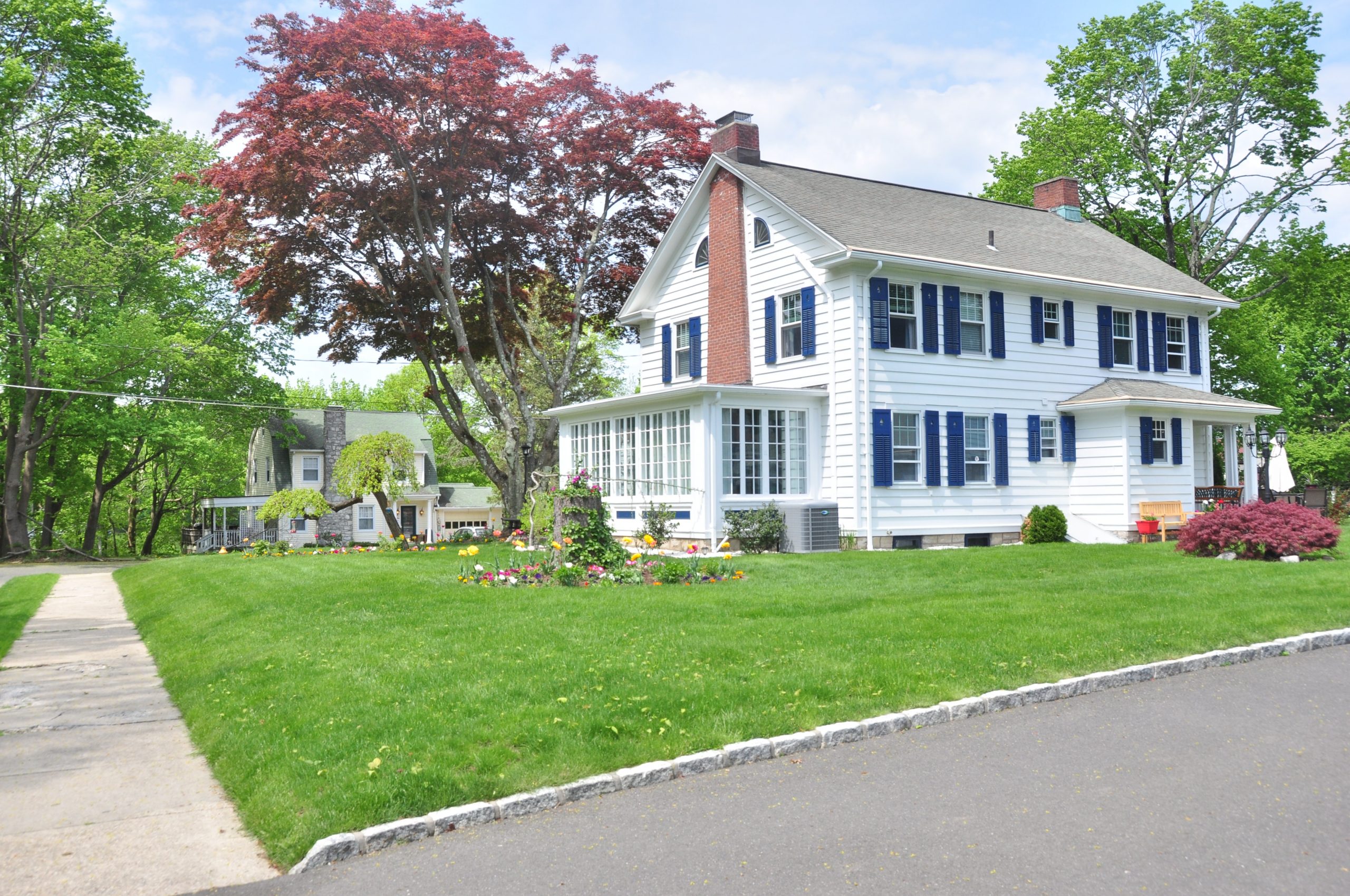
Matt Bush, FISM News
[elfsight_social_share_buttons id=”1″]
The S&P CoreLogic Case-Shiller US National Home Price Index reported an 18.8% annual gain in 2021, the biggest annual increase in 34 years of data. While 2020 seemed like a banner year for homeowners as home prices increased by 10.4%, 2021 almost doubled those gains.
August 2021 saw the largest year-over-year increase at 19.8%, and the increase in home prices began to decelerate after that. December, however, saw the end of that deceleration as it matched the 18.8% November increase.
Looking into 2022, conflicting data could lead the market to either continue to decelerate or possibly accelerate depending on certain factors.
A persistent low inventory of homes with continuing high demand could push prices even higher. On top of that, while new construction is in the pipeline in many major cities, delays in the supply chain coupled with a decreasing workforce will lead to continued delays in new construction. In addition, many Americans decided to move during the pandemic because of various factors, and many are still in the real estate market.
At the same time, Craig J. Lazzara, managing director at S&P Dow Jones Indices, believes that “In the short term, we should soon begin to see the impact of increasing mortgage rates on home prices.” Realtor.com’s chief economist agrees, stating, “A marked change may be ahead for growth as rising mortgage rates eat into homebuyer purchasing power.” Mortgage rates were at an all-time low in December of 2020 with today’s higher mortgage rates adding about $200 to the average monthly cost of a new mortgage.
While increasing home values can be a sign of a strong economy, they can also have a negative effect on the larger economy as well. According to the Urban Institute, higher home values cause rental prices to increase, demand for consumer goods to drop, and an exacerbation in wealth disparity. In addition, affordability becomes an issue for lower income families and first-time homebuyers.
Housing prices in the South and Southeast rose at an even greater rate than the rest of the nation at 25.7% and 25.6% respectively. While Phoenix saw the greatest increase in prices at 32.5%, two Florida cities finished close behind with Tampa at 29.4% and Miami at 27.3%. As more and more people move into Florida, one of the most moved into states, those prices will probably continue to rise.
The housing boom and subsequent crash of 2008 had more to do with the subprime mortgage market and predatory mortgage lending perpetuated by unregulated markets. The threat of a repeat of that type of crash is not there now, but there are other negative consequences to housing prices skyrocketing at their current rates.
The rise in mortgage rates should help stop the accelerating prices, but other factors stemming from the pandemic could push that further into the future. According to a Fortune article from December, Zillow predicts home values to rise 11% in 2022, almost three times that of the average 4.6% since 1980, but almost half of the rise in 2021.
In the meantime, coupled with almost unmatched inflation and rising energy costs, the rising home values are leaving less and less money in the pockets of average Americans.
